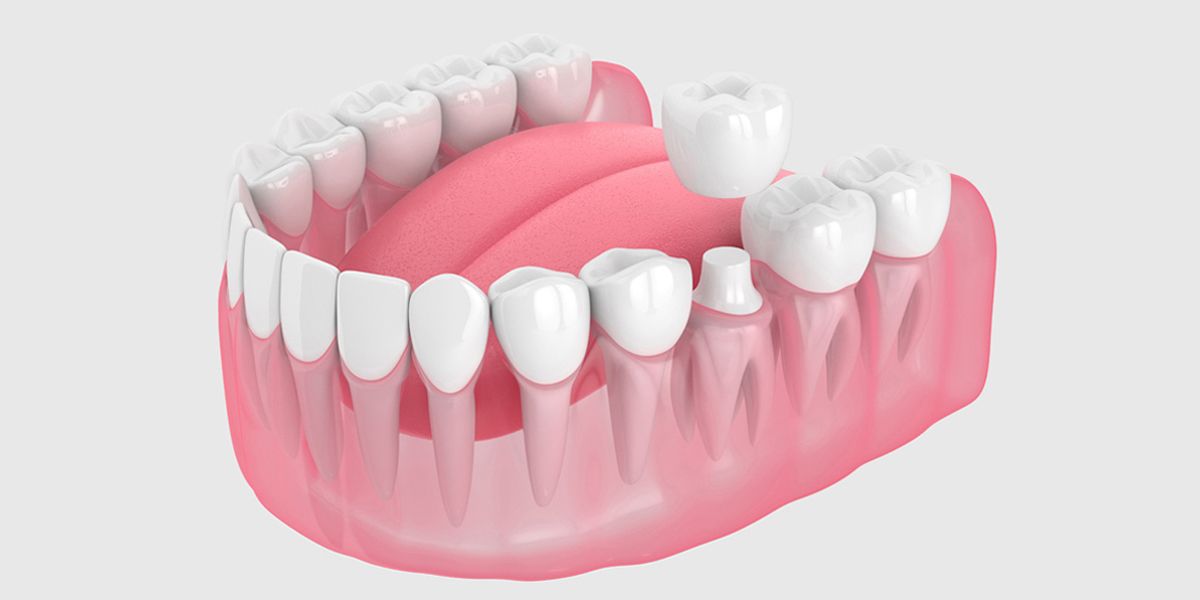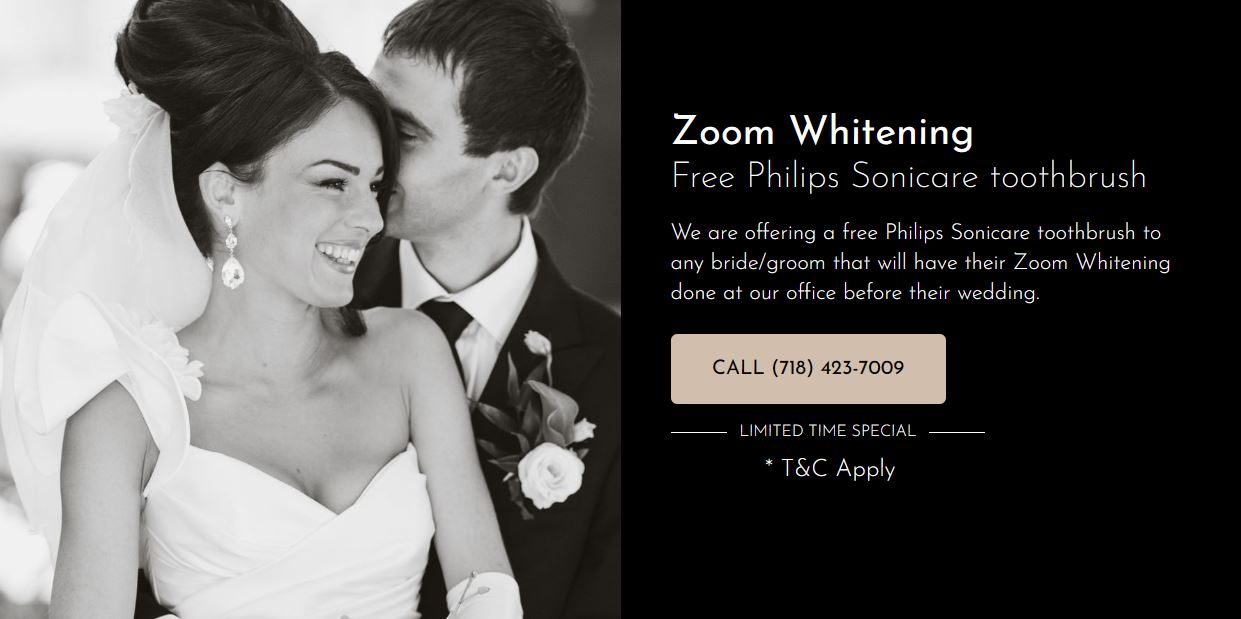
When it comes to dental procedures, a variety of options are available to address different dental issues. Two common treatments that often get mixed up are dental crowns and dental onlays. While both serve the purpose of restoring and protecting damaged teeth, they are different. In this article, we’ll dive into the differences between dental crowns and dental onlays, helping you understand when each treatment is appropriate and what to expect if you’re considering one. Understanding these options can be particularly valuable if you’re in Bayside, NY, and searching for a dentist near you
Understanding Dental Crowns: Purpose and Benefits Explained
A dental crown is a personalized cap positioned atop a compromised or weakened tooth, restoring its form, dimensions, resilience, and aesthetics. It restores the tooth’s shape, size, strength, and appearance. Dental crowns are a versatile solution for a range of dental issues, including:
- Protecting a Weak Tooth: When a tooth is severely decayed or cracked, it can become weak and prone to further damage. A dental crown acts as a protective shield, preventing the tooth from breaking.
- Restoring a Broken Tooth: If you’ve suffered a tooth fracture resulting from an accident or injury, a dental crown can be employed to reconstruct and reinforce the affected tooth.
- Covering a Large Filling: Teeth with large fillings can weaken over time. Dental crowns can help hold the tooth together and prevent further damage.
- Enhancing Cosmetic Appearance: Crowns are also used for cosmetic purposes. They can improve a tooth’s shape, color, and alignment, enhancing your smile’s aesthetics.
The Dental Crown Procedure: What to Expect During Your Appointment
Considering dental crown treatment in Bayside, NY, here’s what you can expect during the procedure:
- Consultation: Your dentist near you will examine your tooth and discuss the treatment plan. X-rays may be taken to assess the extent of damage.
- Tooth Preparation: To make room for the crown, the damaged tooth is reshaped. A dental procedure called enameloplasty involves the removal of a part of the outer layer of a tooth.
- Impressions: Impressions of your prepared tooth are taken to create a custom-fit crown. This may take a few weeks, during which a temporary crown may be placed.
- Crown Placement: Once your permanent crown is ready, it is cemented onto your prepared tooth, restoring its function and appearance.
Exploring Dental Onlays: Advantages and Applications
Now, let’s shift our focus to dental onlays. Dental onlays, sometimes called partial crowns, are used when a tooth has a large cavity or damage that extends beyond what a traditional filling can repair but does not require a full dental crown. Dental onlays are a conservative option that preserves more of your natural tooth structure.
When Are Dental Onlays Used? Identifying the Right Situations
- Large Cavities: Dental onlays are an excellent choice for teeth with substantial cavities that can’t be adequately addressed with a standard filling.
- Fractured Teeth: If a tooth has a fracture or damage that doesn’t require a full crown, an onlay can be used to repair and strengthen it.
The Dental Onlay Procedure: Step-by-Step Overview
For those in Bayside, NY, considering dental onlays, here’s a brief overview of what the procedure entails:
- Evaluation: Your dentist will assess your tooth’s condition and determine if an onlay is appropriate.
- Tooth Preparation: Similar to dental crowns, tooth reshaping is required to prepare it for the onlay.
- Impressions: Impressions of your tooth are taken to create a custom onlay that fits perfectly.
- Onlay Placement: Once the onlay is ready, it is bonded to your prepared tooth, providing strength and protection.
Dental Crowns vs. Dental Onlays: How to Decide Which is Right for You
Choosing between a dental crown and a dental onlay depends on the specific condition of your tooth. Dental crowns are more comprehensive and are suitable for severely damaged or weakened teeth. On the other hand, dental onlays are a conservative option for less extensive damage.
In summary, dental crowns are ideal for:
- Severely damaged teeth
- Extensive decay
- Broken or fractured teeth
- Cosmetic enhancements
Dental onlays are best suited for:
- Large cavities
- Moderate damage
- Preserving more natural tooth structure
Consult our Bayside Family Dentistry dentist in 11361 to determine the best treatment.
In conclusion, dental crowns and dental onlays have unique advantages and applications in restorative dentistry. If you’re searching for dental onlays or crowns in Bayside, NY, consult our trusted dentist near you to determine the best treatment method for your dental needs. Rest assured that both treatments aim to restore your smile and oral health while preserving the beauty and function of your teeth.






